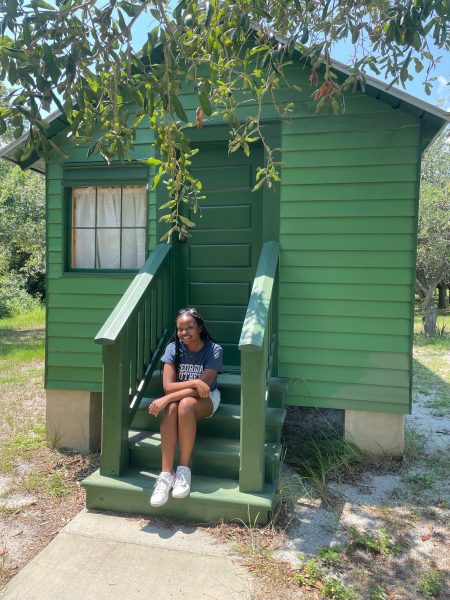GEORGIA: ‘Black History Trail’ Launches foor Tybee Island Visitors
For many, Tybee Island near Savannah is the go-to spot to spend a hot summer day on the beach. Every year, the long beachline attracts tourists from around the country to the sands.
However, there’s history sprinkled around the island that is now easier to find than ever before.
For the past few years, a team of researchers at Georgia Southern University has been collecting the stories and historic layout of the island. Specifically, landmarks from slavery and up to the Civil Rights Movement.
As a final product, the team launched a digital trail for visitors to follow; from the Lazaretto Creek quarantine station for enslaved people, to the Brown Cement Factory and other important sites on the island.
Georgia Southern’s Amy Potter, Ph.D., associate professor of geography, said the idea is for Tybee visitors as well as Savannah and Tybee residents to learn about this historically thriving population not often associated with the island, many of whom were also Gullah Geechee people.
“This is so important to our regional history,” said Potter. “We’re talking about those histories that were not that long ago. We were also thinking a bit more about what this community historically looked like and meant to the people who lived and worked here.”
The trail, which consists of 13 stops, features countless stories that bring these locations to life. Many of these stories were uncovered through personal interviews conducted by Potter and her then-student researcher Joyah Mitchell.

Before graduating in 2022 with a bachelor’s in geography, Mitchell helped Potter and the Tybee MLK Human Rights Organization interview descendants and build the trail map.
Mitchell said it was difficult to know when to stop the interviews, because there’s always more to learn about any given site. Additionally, she said there were hurdles in finding the next source of information.
“This project was supposed to be informed by African-American residents, but it was kind of hard to find those people,” said Mitchell. “Many of the former residents left during the recession because they couldn’t afford to stay there anymore. So we were finding a lot of non-Black perspectives, which is great, but we don’t want to whitewash the story that’s being told.”
It wasn’t just informational hurdles Mitchell had to overcome to put the pieces of this puzzle together. In order to find the information, there was a lot of cold-calling, door-knocking and asking questions on difficult topics.
“I’m extremely shy and reserved,” she said. “It’s something I’m having to warm up to, especially given the realm of the career field I’m going into. I can do it.”
The Ellenwood, Georgia, native credits her passion for this field and the topic at hand for helping her overcome this shyness. As a result, she helped build a map of societies from the past. Now, she’s looking to build maps for societies of the future.
Today, Mitchell is an intern for the city of Douglasville, Georgia. While she helps run the office before heading off to graduate school, she takes in whatever she can as she begins her life in city planning.
–news.georgiasouthern.edu


